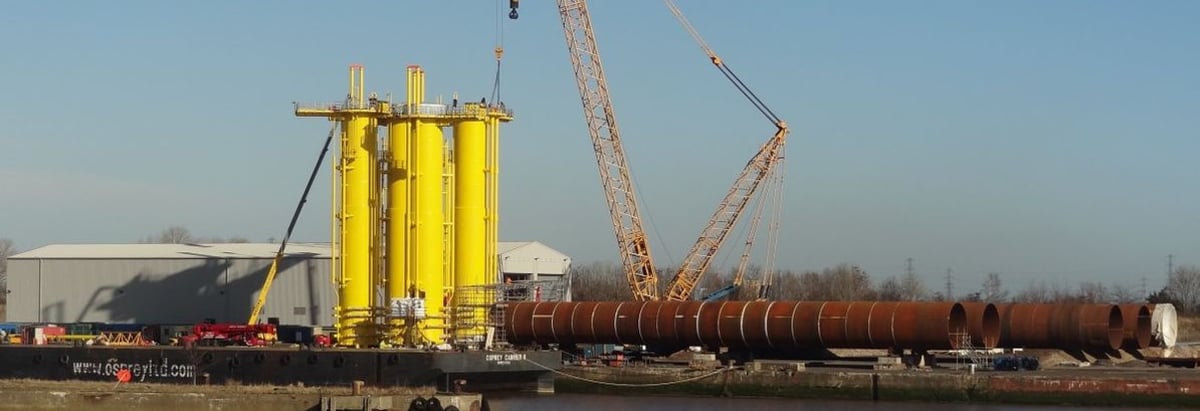- France
- /
- Energy Services
- /
- ENXTPA:VIRI
We Like These Underlying Return On Capital Trends At CGG (EPA:CGG)

What trends should we look for it we want to identify stocks that can multiply in value over the long term? In a perfect world, we'd like to see a company investing more capital into its business and ideally the returns earned from that capital are also increasing. This shows us that it's a compounding machine, able to continually reinvest its earnings back into the business and generate higher returns. So when we looked at CGG (EPA:CGG) and its trend of ROCE, we really liked what we saw.
What Is Return On Capital Employed (ROCE)?
For those that aren't sure what ROCE is, it measures the amount of pre-tax profits a company can generate from the capital employed in its business. To calculate this metric for CGG, this is the formula:
Return on Capital Employed = Earnings Before Interest and Tax (EBIT) ÷ (Total Assets - Current Liabilities)
0.074 = US$174m ÷ (US$2.9b - US$545m) (Based on the trailing twelve months to June 2023).
Therefore, CGG has an ROCE of 7.4%. In absolute terms, that's a low return but it's around the Energy Services industry average of 8.2%.
View our latest analysis for CGG

In the above chart we have measured CGG's prior ROCE against its prior performance, but the future is arguably more important. If you'd like, you can check out the forecasts from the analysts covering CGG here for free.
So How Is CGG's ROCE Trending?
You'd find it hard not to be impressed with the ROCE trend at CGG. We found that the returns on capital employed over the last five years have risen by 63%. That's not bad because this tells for every dollar invested (capital employed), the company is increasing the amount earned from that dollar. Interestingly, the business may be becoming more efficient because it's applying 37% less capital than it was five years ago. CGG may be selling some assets so it's worth investigating if the business has plans for future investments to increase returns further still.
The Bottom Line
In a nutshell, we're pleased to see that CGG has been able to generate higher returns from less capital. However the stock is down a substantial 72% in the last five years so there could be other areas of the business hurting its prospects. Still, it's worth doing some further research to see if the trends will continue into the future.
One more thing: We've identified 3 warning signs with CGG (at least 1 which is concerning) , and understanding these would certainly be useful.
For those who like to invest in solid companies, check out this free list of companies with solid balance sheets and high returns on equity.
New: Manage All Your Stock Portfolios in One Place
We've created the ultimate portfolio companion for stock investors, and it's free.
• Connect an unlimited number of Portfolios and see your total in one currency
• Be alerted to new Warning Signs or Risks via email or mobile
• Track the Fair Value of your stocks
Have feedback on this article? Concerned about the content? Get in touch with us directly. Alternatively, email editorial-team (at) simplywallst.com.
This article by Simply Wall St is general in nature. We provide commentary based on historical data and analyst forecasts only using an unbiased methodology and our articles are not intended to be financial advice. It does not constitute a recommendation to buy or sell any stock, and does not take account of your objectives, or your financial situation. We aim to bring you long-term focused analysis driven by fundamental data. Note that our analysis may not factor in the latest price-sensitive company announcements or qualitative material. Simply Wall St has no position in any stocks mentioned.
About ENXTPA:VIRI
Viridien Société anonyme
Engages in the provision of data, products, services, and solutions in Earth science, data science, sensing, and monitoring in North America, Latin America, the Central and South Americas, Europe, Africa, the Middle East, and the Asia Pacific.
Undervalued with moderate growth potential.

